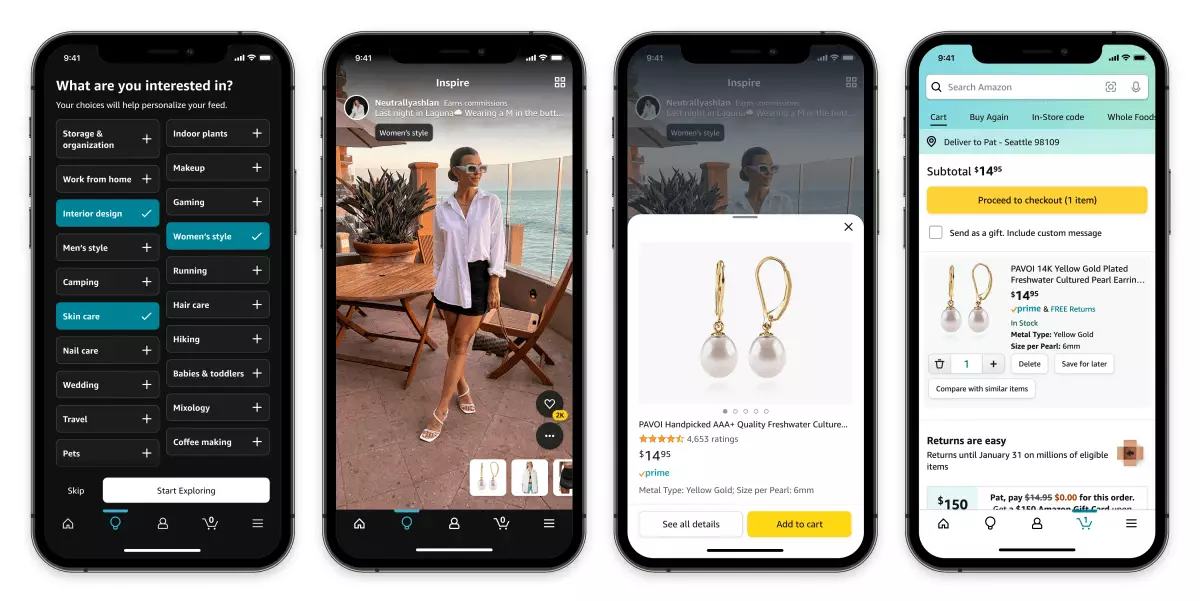In a surprising yet strategic move, Amazon has decided to discontinue its short-form video feature, “Inspire,” previously embedded in its mobile application. This feature was designed to mimic the interactive shopping experiences of platforms like TikTok, allowing users to discover products through engaging content curated by influencers, retailers, and other consumers. A spokesperson for the company confirmed this decision to TechCrunch, citing a continuous evaluation of services to better fit customer needs and preferences. The discontinuation of Inspire begs the question: what does this mean for the future of social commerce on the platform?
The timing of this closure is notably intriguing, especially as TikTok faces challenges in the U.S. market. Inspire had the potential to be an appealing alternative for American customers, looking for authentic product reviews and insights from popular creators and influencers. However, Amazon’s recent partnerships with platforms like Instagram and Snap have likely diminished the necessity of its own video-sharing function. With these collaborations allowing seamless purchasing options through social media ads and integrated shopping experiences, Amazon appears to be consolidating its social commerce strategy rather than competing directly with established networks.
Launched in 2022 during the rise of social commerce, Inspire witnessed a tumultuous journey. In August 2023, controversy erupted when Amazon’s attempt to attract content creators backfired. By offering a meager compensation of $12,500 for 500 videos or $25 per video, many influencers quickly expressed discontent, believing their work warranted better remuneration. This pushback indicated a larger issue within the Inspire framework: insufficient creator participation. Many influencers preferred to showcase their content on platforms where they could earn more lucrative deals, detracting from Inspire’s viability.
Though Amazon did not delve deeply into the reasoning for Inspire’s shutdown, they highlighted alternative avenues for user engagement. They pointed to creator storefronts and curated collections as methods for customers to still find inspiration. Additionally, Amazon has introduced AI innovations like Rufus, its new shopping assistant, further enhancing customer experience. These efforts suggest an overall shift away from independent service features towards integrated solutions that offer similar functions in collaboration with existing social platforms.
The narrative driving the closure of Inspire encapsulates a broader reassessment of social commerce’s landscape. While facilitating interactions between brands and consumers through innovative technology is paramount, Amazon’s experience with Inspire serves as a cautionary tale. It underscores the vital importance of aligning features with actual market needs and creator incentives. As the e-commerce giant continues to navigate its way in an increasingly social-driven retail environment, integration and collaboration rather than competition appear to be its guiding principles moving forward.

